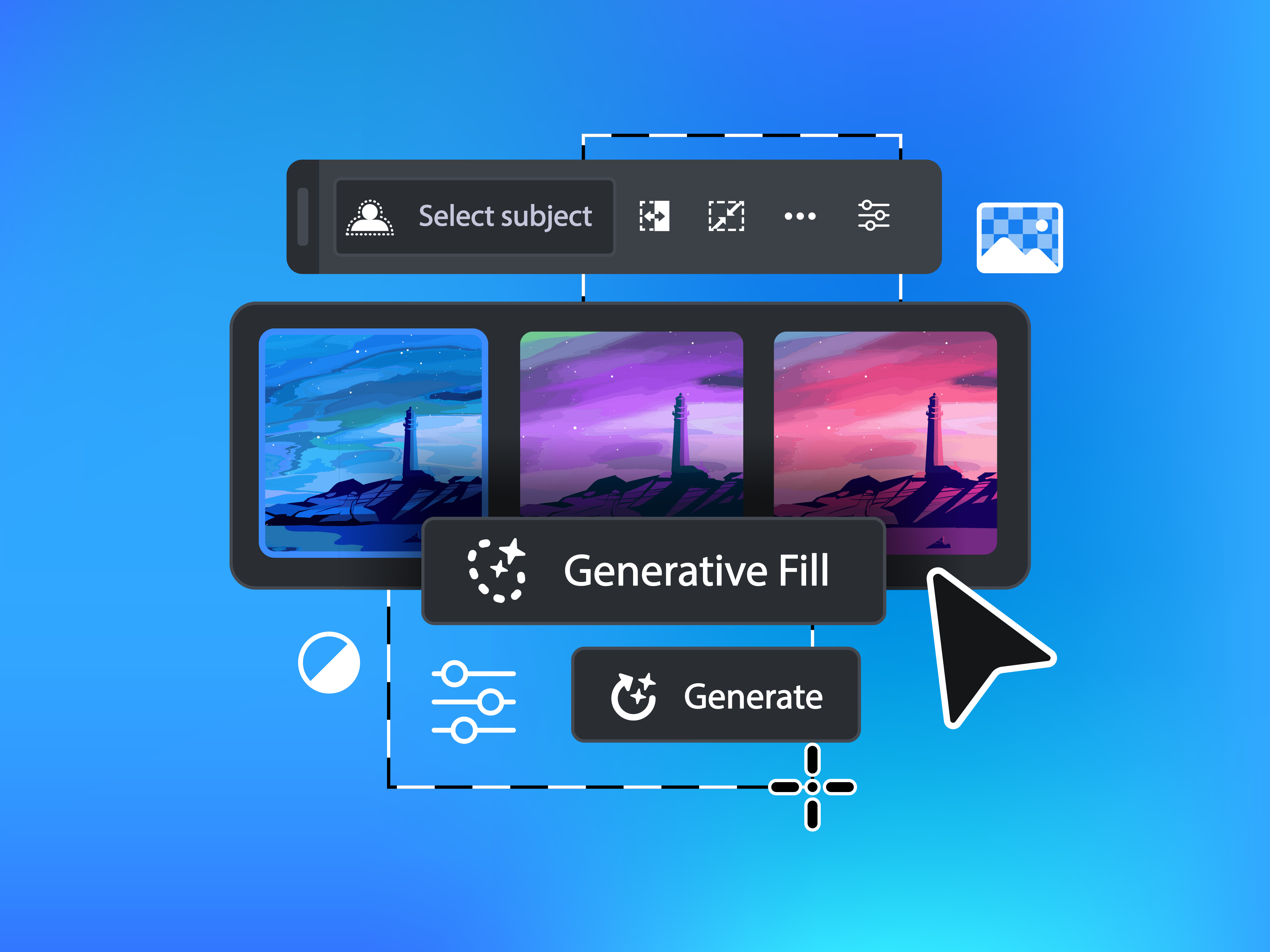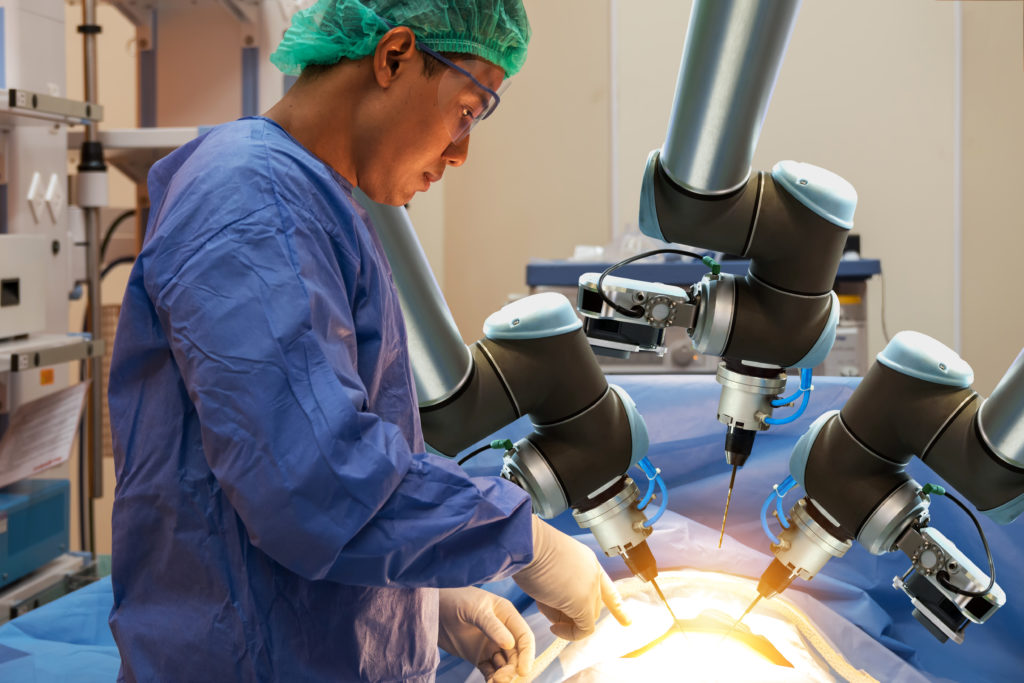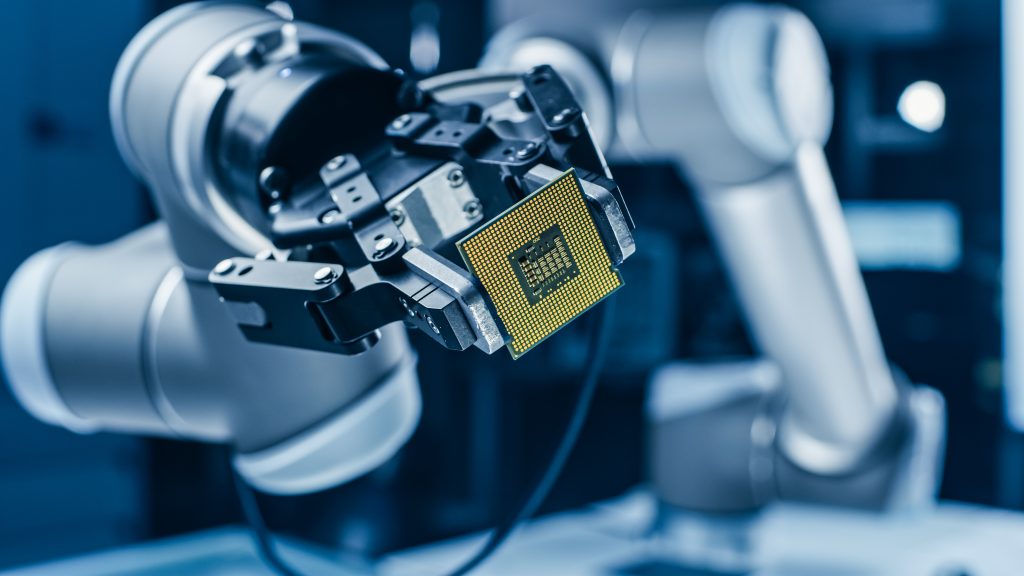
What is generative AI?
Generative AI, as the name suggests, stands out as a distinct category of artificial intelligence (AI) characterised by its capacity to create new data across various formats (including text, images, audio, code etc) based on the training data it has been exposed to. Machine learning models are used to identify and understand patterns in the training data and new outputs are generated which are similar but not identical to the training data.
Generative AI distinguishes itself from other types of AI in its ability to create entirely new data, rather than just analysing or making predictions based on existing data.
Illustrative examples of generative AI, which have gained widespread traction among the public in recent times include text generation models such as ChatGPT which generate human-like text based on a given prompt or context and image generation models such as DALL-E and Stable Diffusion which create new images based on a given prompt or text description.
Can you patent generative AI in Europe?
Generative AI is a powerful tool with many useful applications, and so it is natural to consider whether it is possible to obtain patent protection for its diverse uses. So, can you obtain a granted patent for generative AI in Europe?
A scrutiny of the European Patent Register unveils a notable trend: many generative AI cases encounter hurdles at the European Patent Office (EPO) and are denied patent protection. Primarily, this challenge stems from the EPO’s perspective, which often fails to recognise the generated output as serving a distinct technical purpose, thus negating the presence of an inventive step.
Let’s look at this in a bit more detail.
At the EPO, inventions involving AI are considered “computer-implemented inventions”. Computer-implemented inventions are treated differently by patent offices in different jurisdictions, and in Europe, computer programs “as such” are excluded from patent protection. Nonetheless, software-related inventions remain eligible for patentability provided they exhibit a discernible technical character.
Over the years, the European case law has established a stable and predictable framework for the patentability of computer-implemented inventions, including inventions related to AI.
Importantly, the application of AI (including machine learning (ML) and specific technical implementations of AI can be patented in Europe. However, fundamental algorithmic or mathematical level AI innovations typically fall outside the scope of patentability.
For AI to qualify for patent protection it must leave the abstract realm. This can be achieved in two ways. Firstly, the AI serves a technical purpose by addressing a technical challenge within a particular technology field, demonstrating its application in solving a specific technical problem. Secondly, the invention is directed to a specific technical implementation of AI which is motivated by technical considerations of the internal functioning of a computer, for example a specific technical implementation of neural networks by GPUs.
Generally, AI inventions are sensitive to the choice of network architecture, input representation, and training data. Since a specific technical purpose or implementation of the AI must be demonstrated, fundamental AI/ML improvements are generally not patentable. General purpose AI or generic AI with algorithmic efficiency are also not patentable.
In summary, there are two questions to ask when considering inventions involving AI and ML:
- Does it serve a “specific technical purpose” (e.g. processing audio, image, or video data)?
- Is it directed to a “specific technical implementation” (e.g. a new arrangement of computing hardware)?
With these questions in mind, it becomes apparent why generative AI encounters challenges at the EPO. The act of generating new data (in the form of text, images, code, etc) often lacks a clearly defined technical objective. Such outputs are commonly driven by user preferences rather than being motivated by technical purpose or directed toward a specific technical implementation.
Best practice for generative AI inventions
It is likely that some generative AI inventions will not meet the requirements for patentability in Europe. We recommend speaking with a patent attorney to understand whether the invention might provide a technical benefit that could qualify for patent protection and/or whether a patent application is advisable in other territories outside Europe (like the US). In some circumstances the best approach may be to avoid filing a patent application. Whilst patents can be valuable business assets, you will need to weigh up the benefits with the costs and the fact that your patent application will be published. For some generative AI concepts the best advice may be to avoid filing a patent application in Europe and to obtain protection simply by maintaining secrecy.
We would recommend coming to talk to our team of AI experts about your generative AI invention so that we can advise the best course of action. Please get in touch with our attorneys at gje@gje.com.


